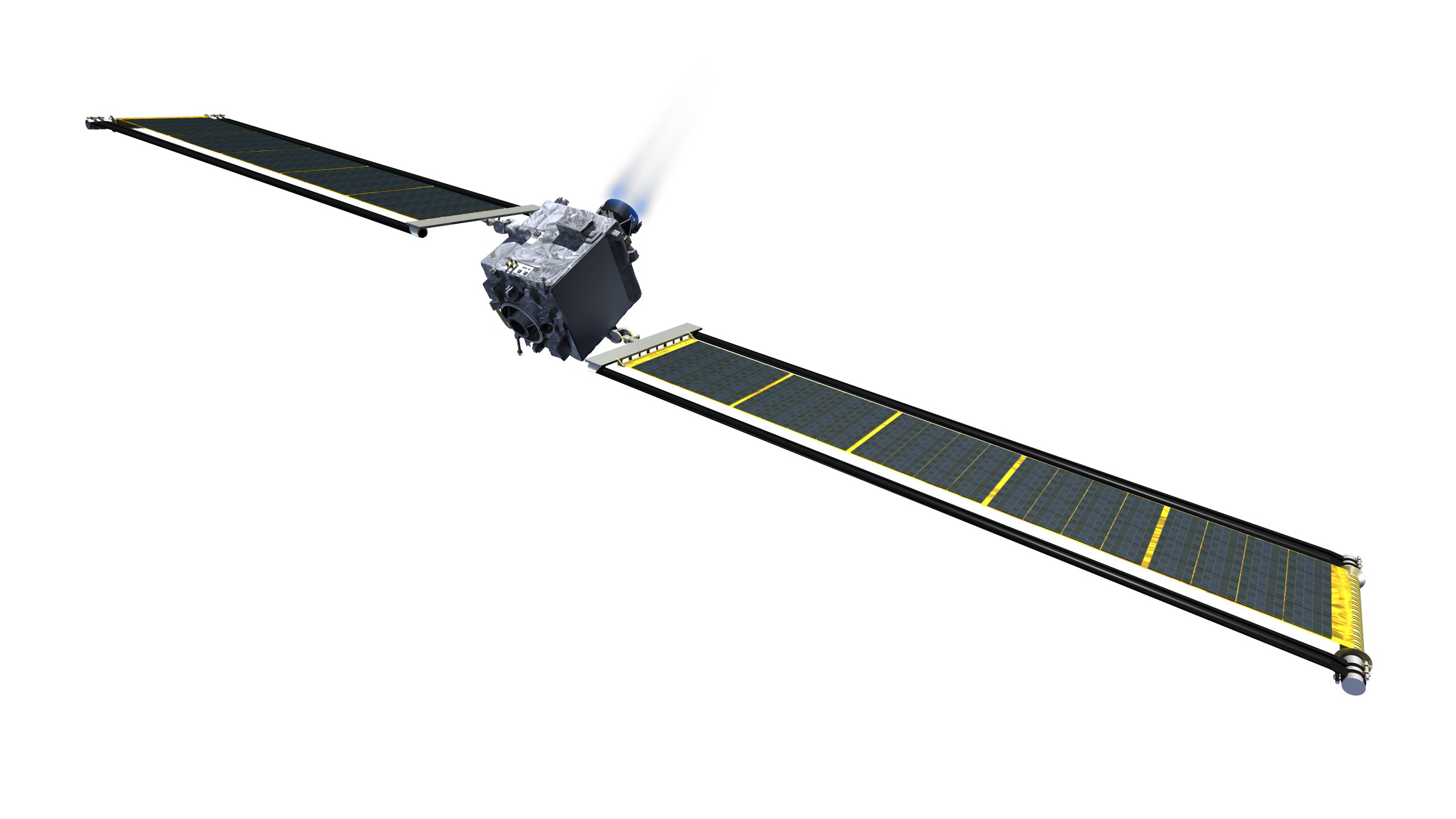


If a celestial body of this size crashed into Earth, it could destroy an entire city and cause extreme regional devastation. Near-Earth objects include asteroids and comets whose orbits will bring them within 120 million miles (193 million kilometers) of the Sun.Īstronomers consider a near-Earth object a threat if it will come within 4.6 million miles (7.4 million kilometers) of the planet and if it is at least 460 feet (140 meters) in diameter. Most of these are too small to pose a threat, but some can be cause for concern. Millions of cosmic bodies, like asteroids and comets, orbit the Sun and often crash into the Earth. Photo courtesy of NASA/JPL The threat from asteroids and comets The orbits of thousands of asteroids (in blue) cross paths with the orbits of planets (in white), including Earth’s. Experiments like the DART mission may help prepare humanity for such an event. Surprise asteroids have visited Earth in the past and will undoubtedly do so in the future. To date, NASA has tracked only an estimated 40% of the bigger ones. To find the answers to these questions, one has to know what near-Earth objects are out there. I am a scholar who studies space and international security, and it is my job to ask what the likelihood really is of an object crashing into the planet – and whether governments are spending enough money to prevent such an event. Images of the collision and its aftermath, taken by the LICIACube, will take a few days to reach Earth after impact. ET, at which point it stopped transmitting images back to Earth. The DART spacecraft crashed into Dimorphos at 7:14 p.m. This mission is called the Double Asteroid Redirection Test, or DART. But by crashing a 1,340-pound (610-kilogram) probe into Didymos’ moon at a speed of approximately 14,000 mph (22,500 kph), NASA is going to complete the world’s first full-scale planetary defense mission as a proof of concept. The large binary asteroid Didymos and its moonlet Dimorphos currently pose no threat to Earth. 26, 2022, NASA plans to change an asteroid’s orbit.


 0 kommentar(er)
0 kommentar(er)
